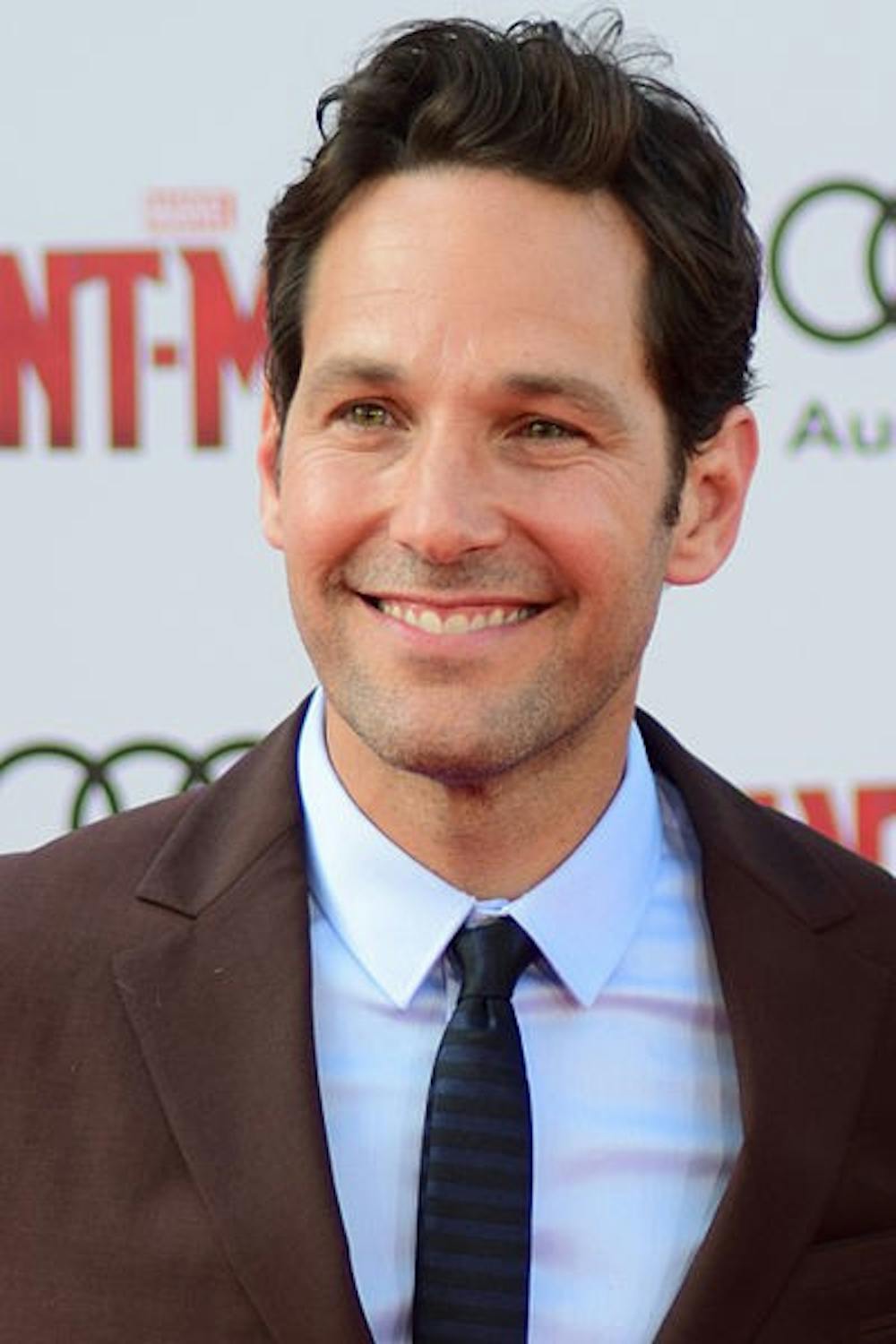“Ant-Man” may be about an ant-sized superhero, but the film is larger than life.
The film marks the first outing in Marvel’s “Phase Three” of superhero films.
After “Avengers 2,” Marvel thought it was time to release a collection of individual-based superhero movies by going back to basics with new characters and new ways to tell compelling stories. “Ant-Man” was a surprising first film.
Marvel made the bold decision to go after the great success of “Avengers 2” and focus on a somewhat unknown hero.
“Ant-Man,” has been in theaters for almost a month, and it speaks volumes to how fun and entertaining it is.
For the first time in a while, it felt exciting to watch a Marvel Studios film, while “Avengers 2” lacked this element. Granted, it had a cohesive script, but it glossed over too many missed opportunities for fun and soul. Now, in this third wave of Disney’s attempt to dominate the silver screen and box-office profits, “Ant-Man” brings a breath of fresh air.
“Ant-Man” follows the successful superhero formula that “The Dark Knight” trilogy exploited.
Scott Lang (Paul Rudd) has had several run-ins with the law and does not consider himself a criminal, but rather very good at stealing. After being released from prison, he is informed by his roommate Luis (Michael Peña) that there is a very valuable item in a safe.
The owner of the safe is out of town, so they seize the opportunity. Inside the safe is a futuristic-looking suit, which turns out to be the same suit that Lang will put on to become Ant-Man.
Upon leaving the house, Lang gets caught by the police and is thrown into jail. The owner of the suit, however, has been running surveillance on him for days and instructs Lang to put on the suit. Lang, with the help of Hank Pym (Michael Douglas), breaks out of jail undetected.
From that point on, Lang is introduced to the corporate civil war between S.H.I.E.L.D. and Hydra, two factions of the same enterprise trying to systematically control the world. This presents a nice parallel between the two seperate plots.
On one line, you have Lang entering a world bigger than him. On the other, you have him literally being the size of an ant trying to save the world.
There is, however, enough time taken to give strong character motivation, even if the characterization process is a bit rushed in the first 15 minutes. Marvel continues to use the successful and authentic protagonist formula that has made superhero films and comics so popular.
The film is ultimately about redemption: Lang’s desire to be reunited with his daughter and ex-wife as well as Hank Pym’s (Michael Douglas) business redemption and his relationship with his own daughter, Hope (Evangeline Lilly).
The film, despite being an exciting superhero journey, is not without its flaws.
The Yellowjacket (Corey Stoll) is a throwaway villain who is poorly characterized and impressively shallow. He wants to change the course of how wars are operated by shrinking soldiers and constantly confusing enemies, but his technology is not perfect.
It is rewarding to see him struggle in trying to get his suit working. Although, once he does have a breakthrough, he instantly becomes evil, and the audience is never shown this, which makes Yellowjacket’s backstory incredibly thin. Fortunately, this is a minor complaint buried under so many good elements. There is an excellent blend of storyboarding and visual effects.
Too often in modern film, the direction of images seems to get bogged down by the tendency to rely on visual effects — that does not occur in “Ant-Man.”
Filmmakers have learned in the last decade that it is easier to control an environment through a computer, rather than shooting on location.
In the case of “Ant-Man,” the visual effects are used to tell the story and create a wonderful scale.
One must take their hat off to Disney and Marvel Studios for giving more work and opportunities to Industrial Light & Magic and Skywalker Sound. The film showcased effects that are Oscar-caliber.
They carry the story and plot instead of stifling it or making it corny and hard to follow. From the first images of Paul Rudd becoming Ant-Man, we are taken through an epic quest of discovery and redemption.
It is not a movie about cluttering the frame with random effects, but rather, it is a film about extensively telling a story and telling it well.


The Slate welcomes thoughtful discussion on all of our stories, but please keep comments civil and on-topic. Read our full guidelines here.